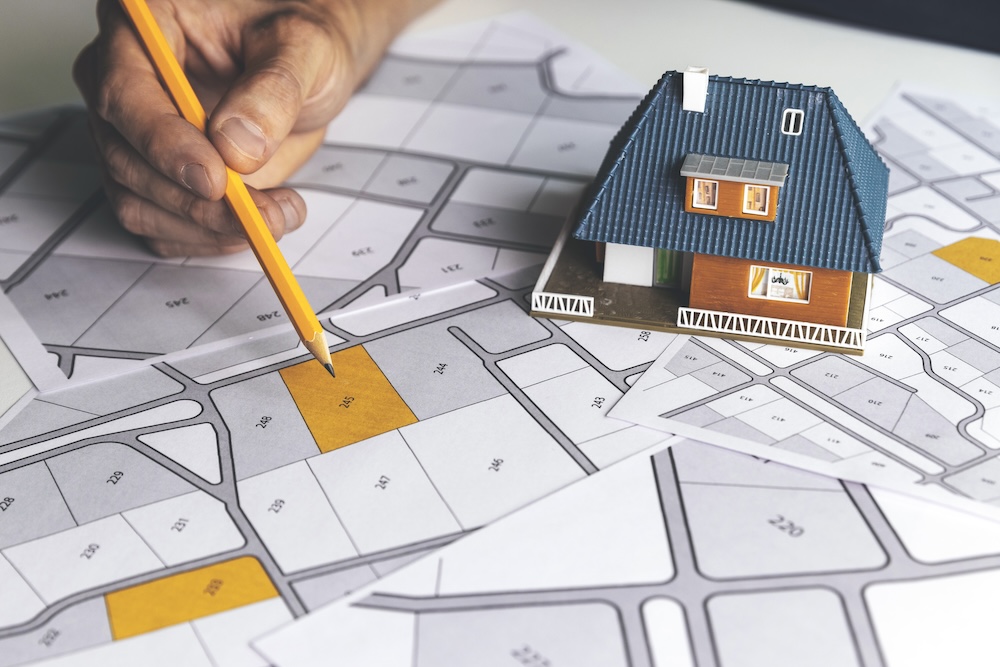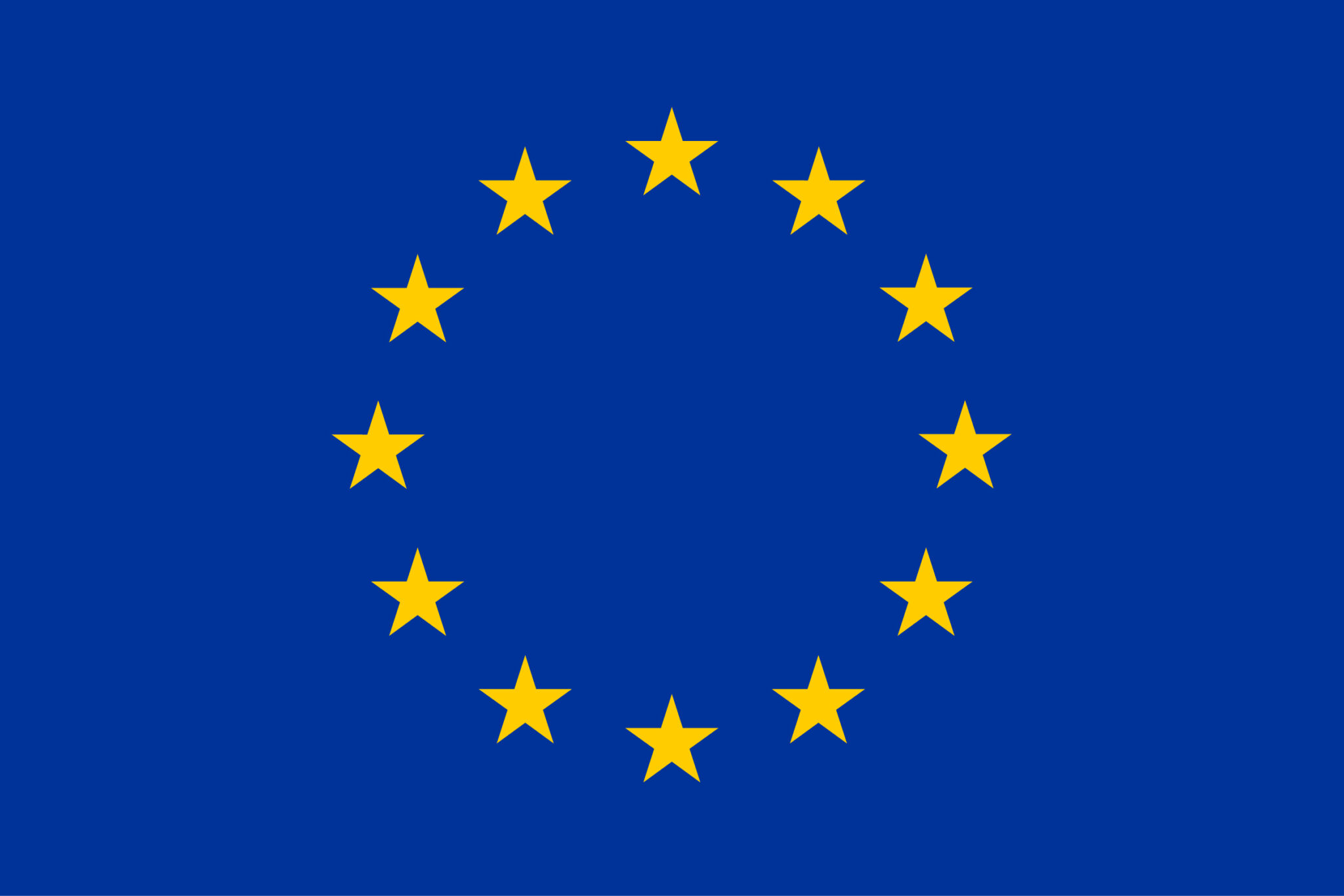
- Teacher: Raido Puust
- Teacher: Admin User
- Enrolled students: There are no students enrolled in this course.
Digital twins are in today’s practice used at various context levels. It can be presented in many forms but commonly we do expect somewhat graphical representation that at least mimics the real construction entity throughout the chosen use case. Use cases are different and as such the information context that is needed, extends from one end to the other at different detail levels as well as with certain precision requirements. All that needs a well-planned level of information need activities. This course focuses onto level of information need developments that covers the use cases of smart housing and decarbonisation. This will be defined through structured information requirements that is attached onto digital model in where certain modelling workflows are explained.
Aims of the e-course
Structured information is a key requirement to enable smooth data workflows from a real life to a digital replica (digital twin). This course explains the key requirements how structured information workflows ensure smart housing and decarbonisation related analysis. Smart housing as a case study focusses onto brief description of IoT sensors and their replica in digital twins including modelling rules as well as information context to link the real life and digital replica. Decarbonization case study focus onto system’s thinking how a digital construction element is divided into sub-components (incl. construction material) such a way that structured information can be attached and reused in data sharing to enable smooth decarbonization analysis.
Note. This course is under development at the moment. Join this course starting from Autumn 2025. We will be happy to see you!
- Teacher: Raido Puust
- Teacher: Admin User
- Enrolled students: There are no students enrolled in this course.


